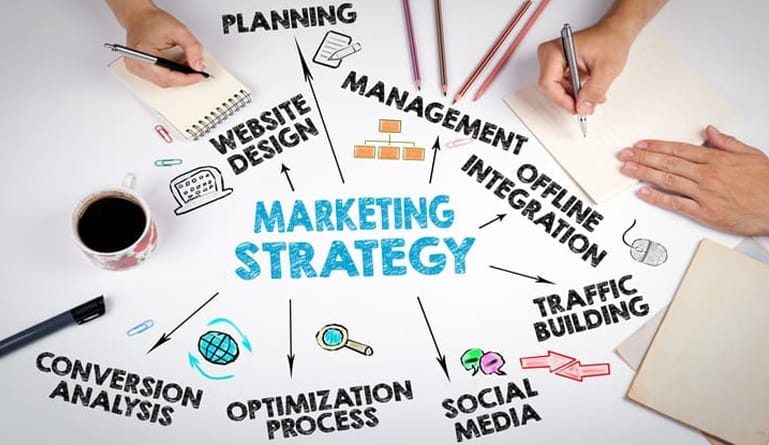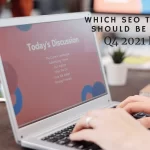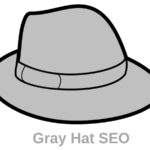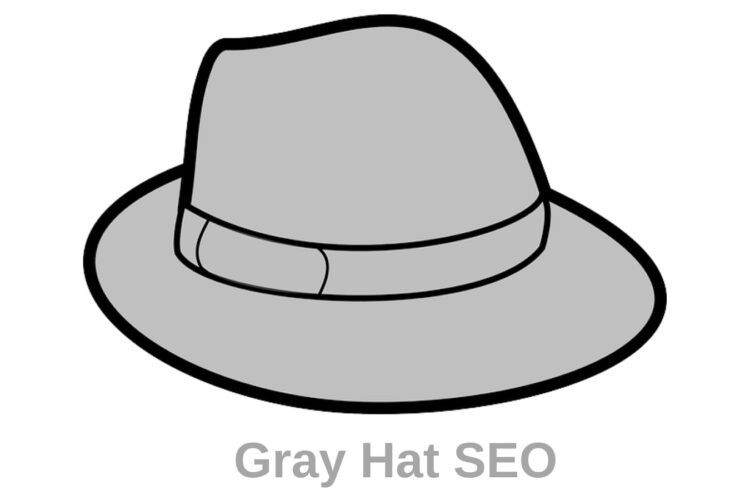
Your assumption that content is mainly a collection of blogs, tweets, and websites that work together to meet a company’s goals is partially correct. It is true that social outreach, branding, and quality content are important elements of content management, but there’s more to it than that.
You should develop an understanding of what’s involved in creating a successful content marketing strategy if you are involved in digital marketing in any way. The following sections outline some of the most important topics every content manager and strategist ought to understand in order to run a successful digital marketing campaign.
1.Understand the Content Marketing (Sales) Funnel
Essentially, the sales funnel is a term used to describe the buyer’s journey throughout their decision-making process, with the three key phases being awareness, evaluation, and purchase. In order to gain a deeper understanding of how buyers move through the funnel, marketing and sales professionals need to be attentive to this process.
It’s an aspect of digital marketing that’s considered outreach in some ways, which means it sits at the top of the sales funnel. It may appear from the outside that this aspect of digital marketing is “far” from the actual money-making (sales) part. The article goes on to suggest that, with content marketing, there is a fourth stage after the conversion “delight,” which essentially translates into brand loyalty. Therefore, content strategists should always be considering the four critical stages of the purchase funnel.
√. New customer outreach: attracting new customers
√. Conversion: gaining customers’ confidence to purchase
√. Closing: completing the sale
√. Retention: building brand loyalty and keeping customers
The top of the funnel is where brand awareness and lead generation take place. Here, you have the opportunity to build your audience while collaborating with them so that they can understand your business strategy better. Great content strategists or managers understand how to keep customers engaged through every step of the funnel, and ideally keep them cycling through.
2.View Your Content as Data
In defining a content strategy, we don’t consider how many blogs should be written each month, how much time should be spent doing Facebook Live, or whether a company should write a whitepaper. Certainly it’s about quality, but none of these components are what a strategy is about – they’re just components, but not the basis of how your strategy should work.
An effective content marketing strategy can engage audiences at every turn, and to do this, a good strategist must know how their content is performing. You can use this information as you move into the next phase of the funnel when you know how to spin your content so that it’s effective in phase one.
Your strategy will be guided by analytics. The strategist’s job will be to meticulously monitor the numbers consistently, track them, watch them, and report back on them in order to continuously refine and adjust. You will need to track where your customers are coming from, as well as where they are going. In other words, you need to be continuously observing traffic patterns.
The best way to get a clear idea of your audience’s preferences, interests, and purchasing behavior is to continuously test what you’re doing. It’s necessary to know how well your materials perform before moving onto the next step.
Continually ask the following questions:
√. How can we refine and improve?
√. What tools, apps, and platforms are performing the best and the worst?
√. How should I allocate my time and resources in relation to conversion (sales)?
√. All the pieces are coming together, how are they?
3.Make a Plan
A content calendar is critical to a successful strategy, similar to an editorial calendar used by traditional publications. This can help guide your strategy during a given period of time. Obviously, you’ll want to include major holidays and events that are relevant to your industry here. You’ll probably also want to leave some “blank” spots for unpredictable but relevant events or trending topics that you need to include in content for last minute marketing campaigns.
Additionally, with this calendar you can plan not just what you’ll post, but where you’ll post it. Having a multi-platform strategy, and even considering outreach channels such as guest posting and PR, is important. Consider how different distribution channels will fit into your future sales plan.
4.Repurpose
While considering distribution, you’ll want to keep in mind the differences between types of content as well as their purposes and how they can affect your marketing as well as how you can save time and resources by using combinations of content. For instance, you might establish authority through guest blogging, write blogs that are used in conjunction with email series, and create tribes and groups on social media.
You should create a strategy based on chunks of content that can be easily repurposed through different channels and for different purposes. As you develop your content (think multimedia), think of the ways that it can easily be converted into different formats.
Just to name a few ideas:
√. Create an email course out of a webinar to increase sales
√. Convert old blogs into PDF guides
√. Make blogs easily accessible to create case studies and whitepapers
√. An infographic can be created from a slide show (or the other way around).
A good example of this is to use Tweet buttons on each piece of content to allow for a mixed-use strategy. Anything that makes it easy for you or your audience to share your post online is gold.
5.Establish Specific Direction for Your Content
In the case of a content manager or strategist, let’s say you have a solid framework of content and writers at your disposal. You’ve developed a strategy, you’ve identified the funnel, you’ve built your calendar. You’ve established, in a general sense, what you hope to accomplish.
Most businesses already have lots of content and a team of writers on hand to create it. These elements, along with analytics tools, are essential. However, it is important that marketers understand where different types of content fit in the marketing framework.
Content types can be broken down into different phases of the funnel, but the following list is not a concrete example; it will certainly vary depending on your organizational context. It is a good idea, however, to label content types accordingly in order for the team to know what each is for.
√. The following outreach methods will be used: Facebook ads, landing pages, explainer videos, infographics
√. Use social media, informational blogs, case studies, and quizzes to convert
√. Final: Emails, reviews, questionnaires
√. We retain our customers with exclusive offers, whitepapers, e-mails, contests, and surveys
To be successful, you should have this content prepared and ready to go well ahead of the deadline. You should also know what type of content performs well in different contexts, that is, with different audiences and also on various platforms.
There are three trends you can generally bank on: video (particularly ephemeral content), infographics, and voice-search applications based on artificial intelligence.
Always keep an open mind:
A great content marketing strategist must be able to continually solve problems and learn new things. Content marketing isn’t rocket science, but it does require patience, creativity and an analytical mindset. It’s important to keep in mind that effective strategies do require creative thinking, but they’re not cut and dried; therefore, there is room for experimentation as well as creativity.
In addition to having a clear vision of the goals you want to achieve, you’ll also need a loose business plan. You’ll also need a good understanding of the most robust and up-to-date tools available to you within the context of your industry and business.
To keep your strategy on track, you should keep looking ahead to new solutions and tools that will help you meet new goals over time as you go through the above points.




